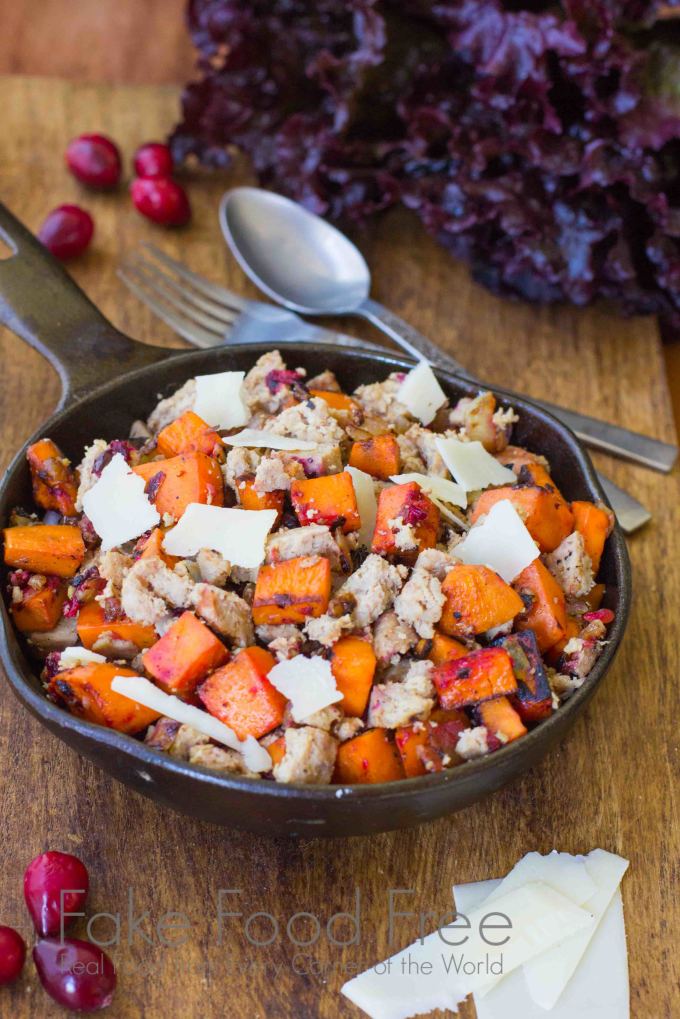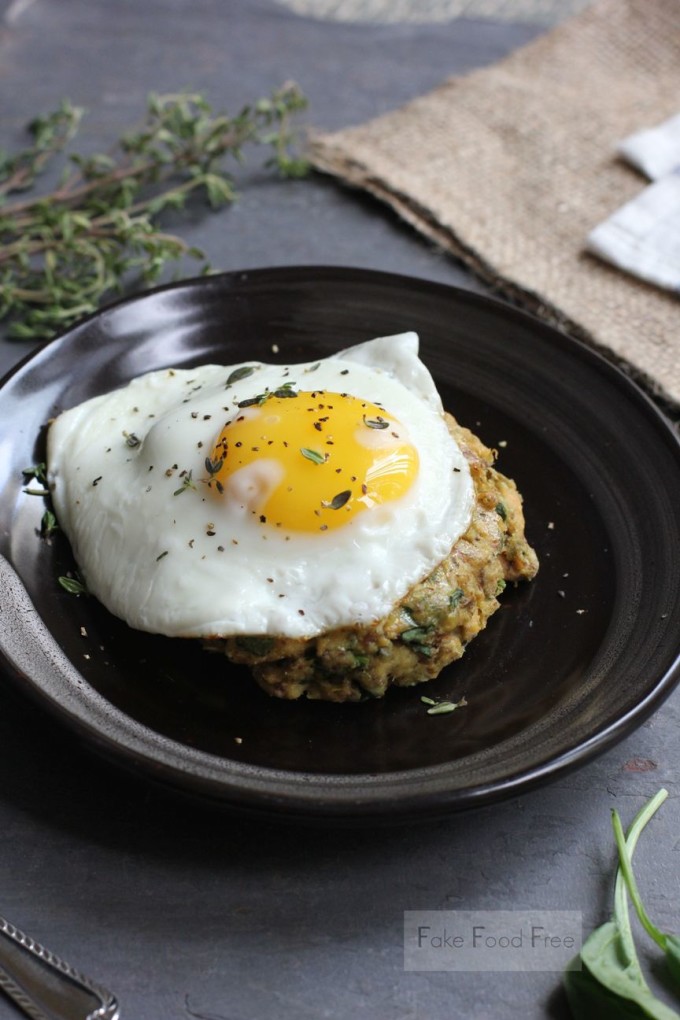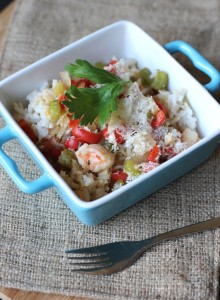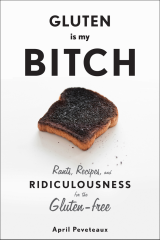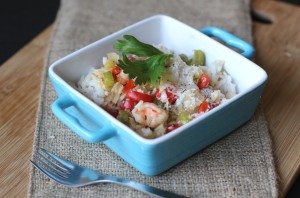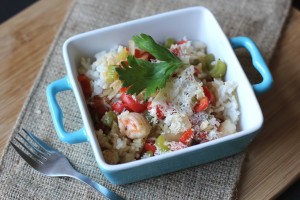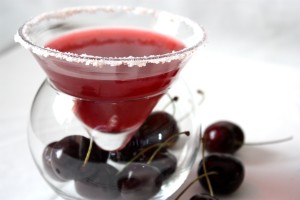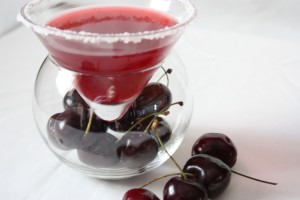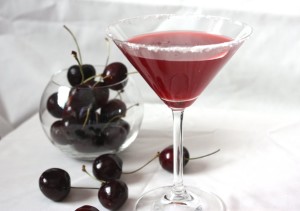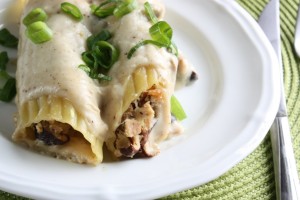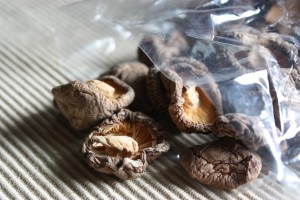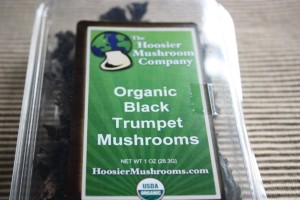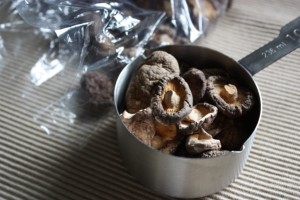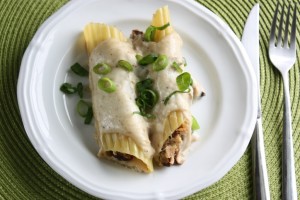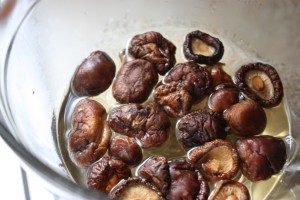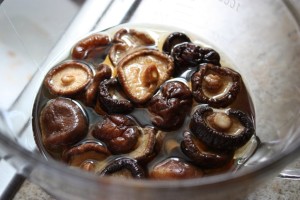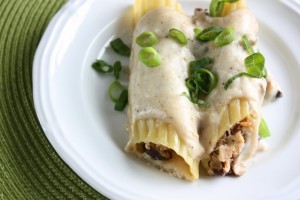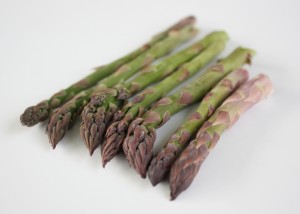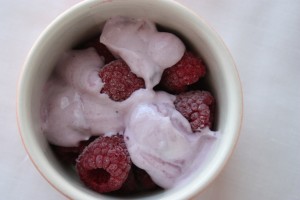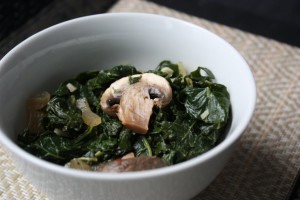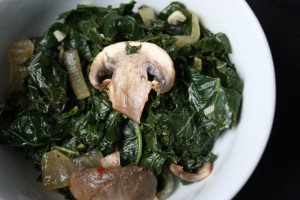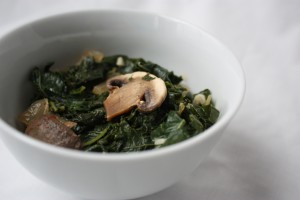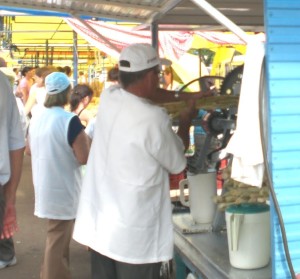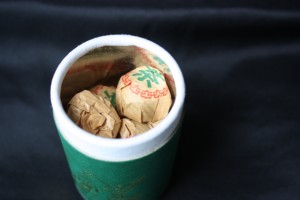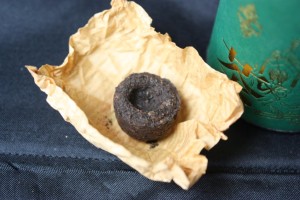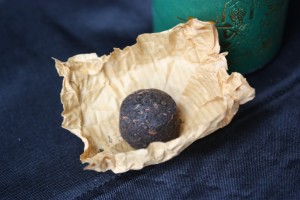When I was younger I used to hunt for morel mushrooms with my older brothers in the woods behind our house. I guess that is when I learned other mushrooms existed besides the white button variety so plentiful in US supermarkets and salads. Other than that, however, my mushroom knowledge was limited.
Fast forward 20 years and I still know very little about mushrooms, but I’m learning. Two things I’ve learned is that they offer multiple health benefits and they are highly respected ingredients in the culinary world with deep, complex flavors.
After reading food blogs and articles about mushrooms I was beginning to think they were another one of those gourmet ingredients most plentiful on the food-rich coasts of the US or abroad. Then I learned of The Hoosier Mushroom Company. Yep, an Indiana company. Not only am I living close to Indiana, but I am originally from there. That’s where we did all that morel hunting as kids.
The Hoosier Mushroom Company is a small, family run operation in Nashville, Indiana that began as a mushroom farm growing six varieties – Oyster, Shiitake, Maitake, Lion’s Mane, Nameko, and Reishi. Despite the fact that morel hunting is a pretty big deal in Indiana, there were very few resources in the state for mushroom hunting. This company has evolved into that much needed resource.
It is now both a retail shop in Brown County, Indiana and an online store. Mycologists on staff are available to help hunters identify mushrooms, and books, hunting and cultivation supplies are all available. The store offers gourmet foods like dried mushrooms and truffle oils, and even mushroom-inspired gifts.
I, of course, was interested in the gourmet food, and the kind owners, Megan and Stephen, sent me two packs of mushrooms to try — Organic Dried Shiitakes and Organic Black Trumpet Mushrooms.
I started with the Shiitakes and researched a bit why I could benefit from these little nutritional powerhouses. First of all, edible mushrooms are considered functional foods which are sometimes given the name nutraceuticals. According to the American Cancer Society animal studies which are now expanding to human studies show that Shiitakes have three main health benefits. They are considered antitumor, cholesterol-lowering and virus-inhibiting.
Shiitakes contain lentinan which is a beta-glucan. Beta-glucans stimulate the immune system and activate the attack of cancer cells. This has been associated with slowing tumor growth. Another component of shiitakes, eritadenine, has been found to lower blood cholesterol levels because it blocks the way cholesterol is absorbed into the blood stream.
The great site, WH Foods, reports that Shiitakes contain antioxidants. These mushrooms have one of the highest concentrations of L-ergothioneine, a powerful antioxidant. The best part? This antioxidant doesn’t appear to be destroyed when the mushrooms are cooked.
All set to get cooking and enjoy these health benefits, I decided to combine the shiitakes with some leftover local, pastured chicken we grilled last week. It resulted in a manicotti filled with delicious mushrooms, tender chicken and creamy ricotta cheese. The sauce is made with sweet roasted garlic. If you want to use less dairy feel free to substitute a stock for the milk in the sauce. I added a lot of black pepper to this dish which ended up giving it a nice, mildly spicy background flavor that goes well with the mushrooms.
You don’t have to slave over the stove long to make this dish. It comes together pretty quickly, but you do need to start a little ahead of time to roast your garlic and reconstitute your mushrooms.
Chicken Shiitake Manicotti in Garlic Cream Sauce
Preparation:
Olive oil
1 head garlic
1 cup dried shiitake mushrooms
Boiling water
Manicotti:
6 manicotti, cooked to al dente
1 cup cooked chicken, shredded
1 large green onion, sliced, greens reserved
1 clove garlic, minced
2 tbsp water
2 tbsp parmesan cheese, grated
1/3 cup ricotta cheese
¼ tsp each salt and black pepper
Sauce:
2 tbsp unsalted butter
2 tbsp white whole wheat flour
1 cup milk
2 tbsp parmesan, grated
¼ tsp each salt and pepper
Preheat the oven to 400 degrees F. Slice off the top third of your garlic head, place it cut side up on a piece of foil and drizzle with olive oil. Wrap in the foil and bake for about 45 minutes or until soft. Set it aside to cool.
Place the mushrooms in a bowl and cover with hot water. Allow to sit for about 20 to 25 minutes. Drain and reserve the water for stock. Gently dry the mushrooms and then roughly dice. Reserve about a 1/ 4 cup for the sauce.
Heat about 1 tbsp of olive oil in a skillet and add the onion and garlic, cook for 1 minute then add the mushrooms, chicken and water. Cook for about 5 more minutes until everything is heated through. Stir in the parmesan, ricotta, salt and pepper. Set aside and allow to cool so that you can handle the filling.
In a sauce pan create a roux by melting the butter over medium heat, and then whisk in the flour to form a paste. Remove the pan from the heat and slowly whisk in the milk. Whisk constantly to smooth out any clumps. Return to the heat, still whisking, and allow the sauce to thicken to your desired consistency. It should coat the back of a spoon when it is ready.
Remove the pan from the heat and squeeze in the roasted garlic cloves (careful not to let any of the skins to fall in), parmesan, salt and pepper and whisk until smooth. Stir in the reserved mushrooms.
Spread 2 tbsp of the sauce in the bottom of a casserole dish. Divide the filling into six equal parts and fill each manicotti shell by hand or with a spoon. Place each shell in the baking dish, and then pour the remaining sauce over the top.
Bake for about 15 minutes until the sauce is bubbling. Remove from the oven, allow to cool for 3 to 5 minutes. Then serve and garnish with the reserved onion greens, or scallions. Serves 2 to 3 people.
**************
Hungry for mushrooms, now? Well you are in luck. The Hoosier Mushroom Company has offered to give away a pack of organic dried Black Trumpet Mushrooms to one of my readers! Entries (via comment) are due by 11:59 pm EST on Sunday, May 23rd. I’ll announce the winner next Monday along with some more information on Black Trumpets and how I used them.
To enter follow the steps below. For each entry to count be sure to leave a separate comment saying you followed, tweeted, etc. You have the opportunity for 4 entries/comments. You will also need a US address to win.
- Leave a comment telling me if you’ve used dried mushrooms before and how you would use the Black Trumpets.
- Follow me (@lori1329) and The Hoosier Mushroom Company (@hoosiermushroom) on Twitter and tell me you do or did so.
- Tweet the giveaway and @ both of us. Tell me you did so in a comment.
- Like (become a fan of) The Hoosier Mushroom Company on Facebook and tell me you do or did so in a comment.
Resources for health benefits of Shiitakes:
American Cancer Society: Shiitake Mushroom
WHFoods: Shiitake Mushroom
Chang, R. Functional properties of edible mushrooms. Nutr Rev. 1996 Nov;54(11 Pt 2):S91-3
Disclaimer: I received the mushrooms mentioned in this post free of charge from The Hoosier Mushroom Company. I was not required to review them and received no compensation for doing so.

